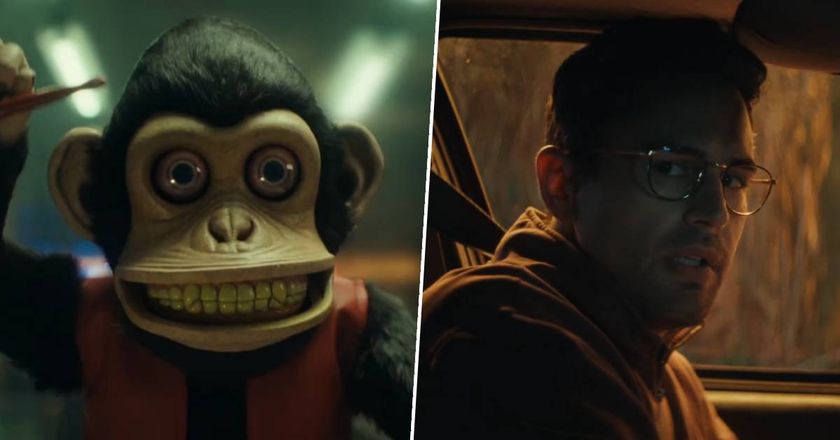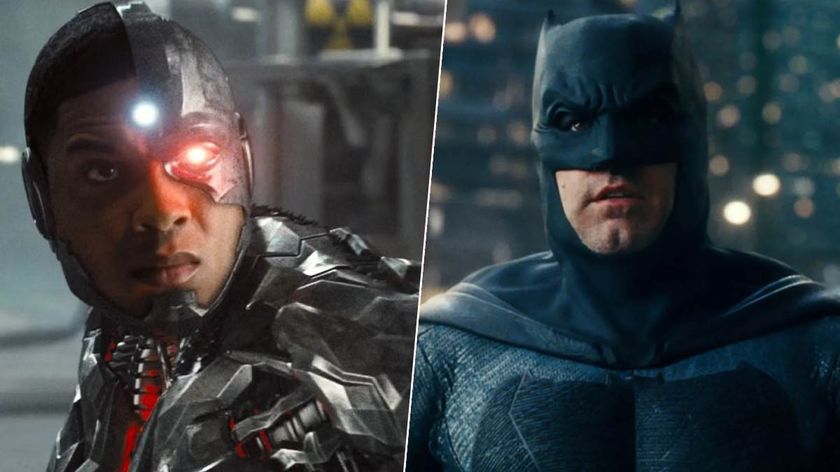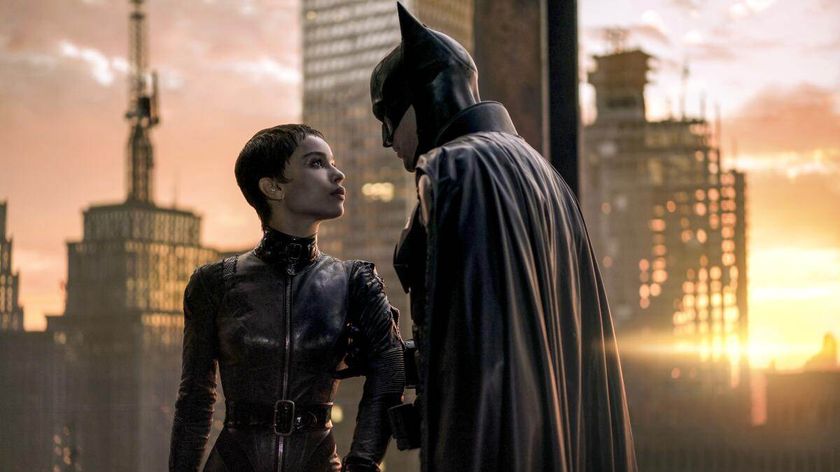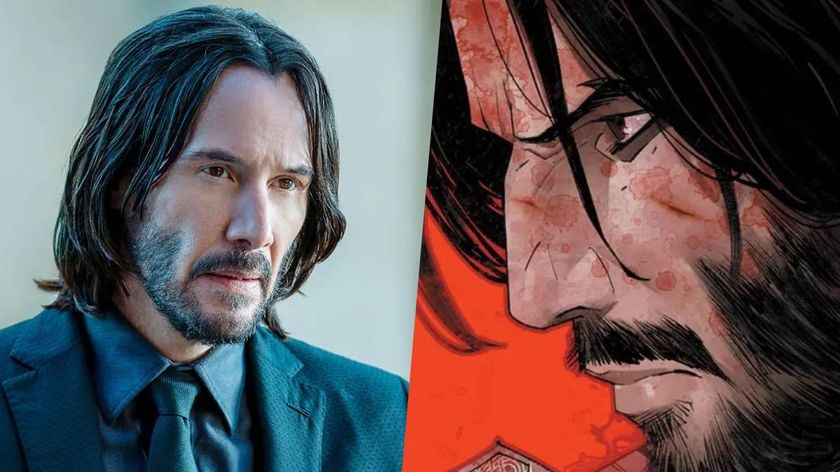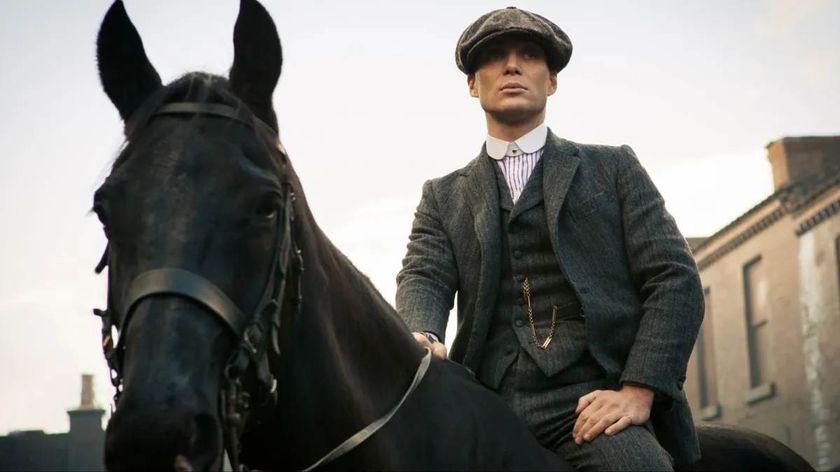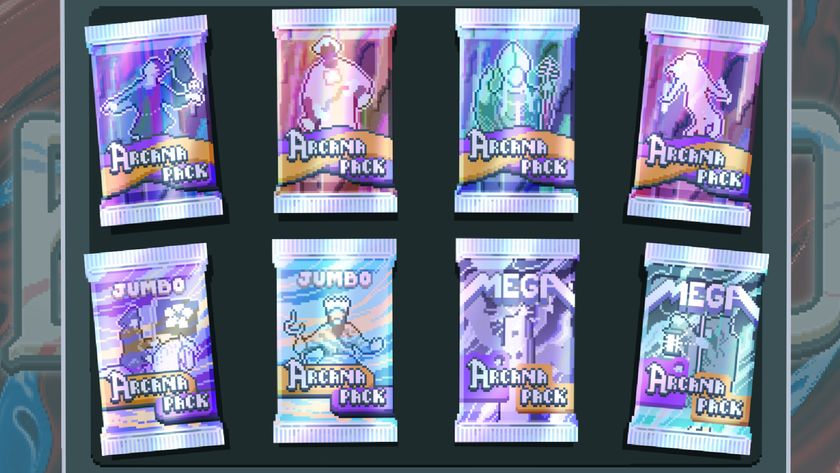Cannes 2016: The Neon Demon serves up supermodels, cannibals, and Keanu Reeves
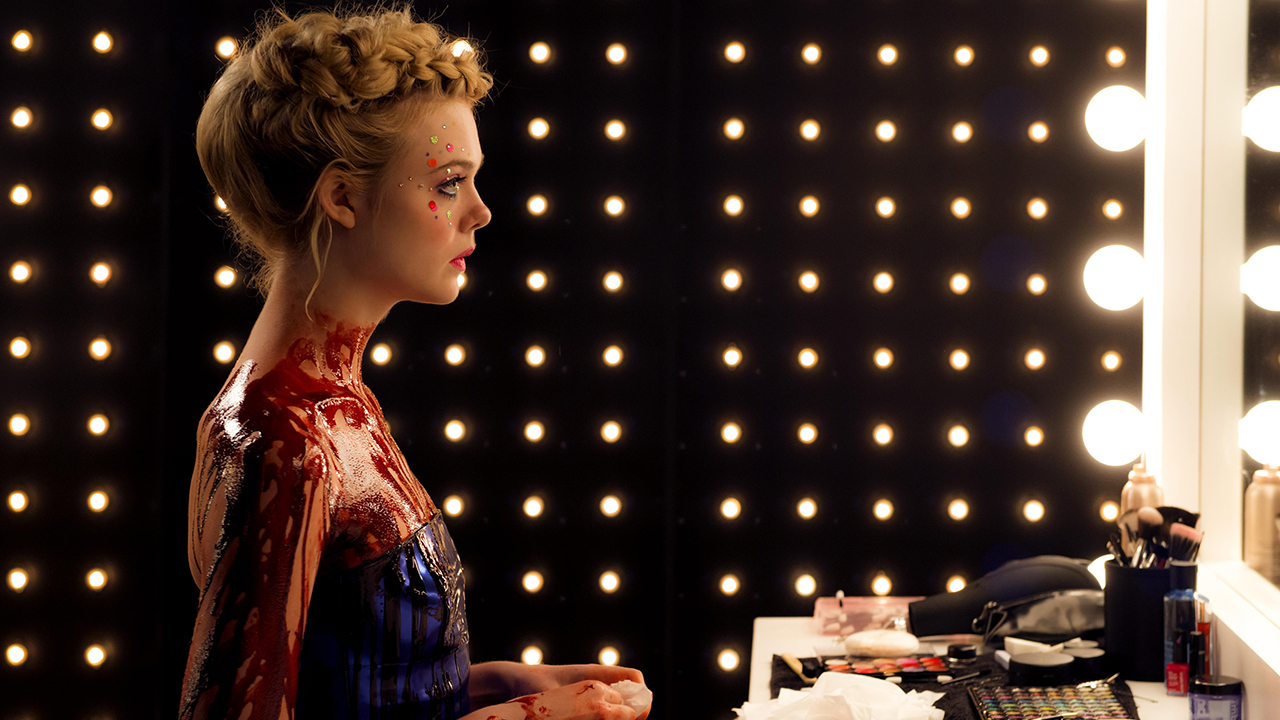
“Beauty isn’t everything, it’s the only thing,” says Alessandro Nivola’s designer in Nicolas Winding Refn’s 10th feature, a horror movie that is set in the Los Angeles fashion industry and features home invasion, cannibalism and lesbian necrophilia.
It’s a philosophy that informs the film itself, with The Neon Demon every bit as fabulous-looking and empty as the world it depicts. The message here is really just as simple as ‘everyone’s obsessed with youth and beauty, which is an ugly way to live’. Supermodels are sculpted, pinned, nipped, tucked and sucked to retain their currency, but it is the fresh flesh, the girl-off-the-bus elegance and innocence, that makes for that elusive ‘It’ quality. Everyone else is washed up by 21.
Jesse (Elle Fanning), just turned 16, is the latest small-town girl attracted by the bright lights of LA. Staying in a ratty motel ran by the lecherous, maybe-even-dangerous Hank (Keanu Reeves, surprisingly effective), she tentatively approaches a modelling agency with her portfolio – shots of her bleeding out on a chaise lounge with her throat slit – and is told by Christina Hendricks that she has what it takes to be “great”.
The agency’s top photography agrees to shoot Jesse, and he of course looks like a vampire who might puncture her neck with his razor cheekbones, and naturally orders her to strip naked so he can slather her gossamer skin from head to toe in gold paint. Such attention being lavished upon this pallid, wide-eyed girl with cascading golden ringlets is enough to get supermodels Gigi (Bella Heathcote) and Sarah (Abbey Lee) accentuating their pouts, and their envy only increases when Nivola’s fashion designer plucks Jesse from an underwear-clad line-up to close his next show.
Jeopardy, it seems, is everywhere Jesse turns, with her only allies being Jena Malone’s scene-stealing makeup artist Ruby and the sweet-natured amateur photographer who shot her bleeding-out-on-the-chaise-lounge pics, Dean (Karl Glusman). But Jesse warns that she is stronger than she looks, and as her dreams cement into reality, so she hardens accordingly.
There can be no questioning the quality of The Neon Demon’s genes. The Wizard Of Oz, Valley Of The Dolls, David Lynch, Andy Warhol, Bret Easton Ellis, Dario Argento, Last Year At Marienbad, All About Eve, Mario Bava’s seminal giallo Blood And Black Lace – all are in the heady mix, along with tracking shots so exact they make Stanley Kubrick’s look sloppy. Dialogue is oh-so-deliberate, every syllable slowed, each pause pondered, while Cliff Martinez’s thrilling electro-score throbs under a tinkling motif that’s as much shattered glass as music box, equal parts innocence and destruction.
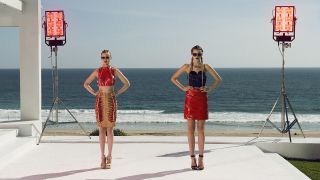
Image after image wows: Jesse silhouetted against a twinkling LA backdrop with a full moon pinned in the top right-hand corner of the frame; Jesse stood in a diaphanous gown on the tip of a diving board over an empty pool; neon nightclubs and stroboscopic catwalks. It’s the high-end style of Drive and Only God Forgives taken to the nth degree, and there is an argument that in The Neon Demon, form is content – vivid exteriors, vapid interiors. It’s a persuasive theory but it also rather lets Refn off the hook.
Sign up for the Total Film Newsletter
Bringing all the latest movie news, features, and reviews to your inbox
The hollow heart of the movie would be more tolerable if The Neon Demon worked better as a horror movie and disturbed as much as it dazzles. For all Refn’s claims of love for the genre (he’s been a fan since he was a kid), there is nothing in The Neon Demon to match the intellectual assault and soul-shaking terror of Bergman’s Persona, or the foreboding of Lynch’s Mulholland Drive, key influences both. The 2014 straight-to-DVD horror Starry Eyes, meanwhile, about a young actress arriving in LA to find (oc)cult fame, is strikingly similar and a good deal more disturbing.
Still, at least Refn elicits nervous laughter where he can’t quite score genuine scares. When the graphic scenes do finally arrive after a lot of build-up, you just know that the arch prankster is giggling behind the camera. Crucially, we laugh with him, the OTT gore and the puerility of his palpable glee in smashing taboos proving infectious. In fact, Refn is such a mischievous, combative joker in the Lars von Trier vein, it’s hard not to recall London-based indie band Voodoo Queens and two of the tracks they released in 1993: ‘Supermodel Superficial’ and ‘Kenuwee Head’ (which questions how you say Keanu’s name). Is it possible that Refn is a fan and decided to make a whole movie dedicated to these two songs? You wouldn’t put it past him, and it would really be no more meaningless than anything else on show.
Jamie Graham is the Editor-at-Large of Total Film magazine. You'll likely find them around these parts reviewing the biggest films on the planet and speaking to some of the biggest stars in the business – that's just what Jamie does. Jamie has also written for outlets like SFX and the Sunday Times Culture, and appeared on podcasts exploring the wondrous worlds of occult and horror.
